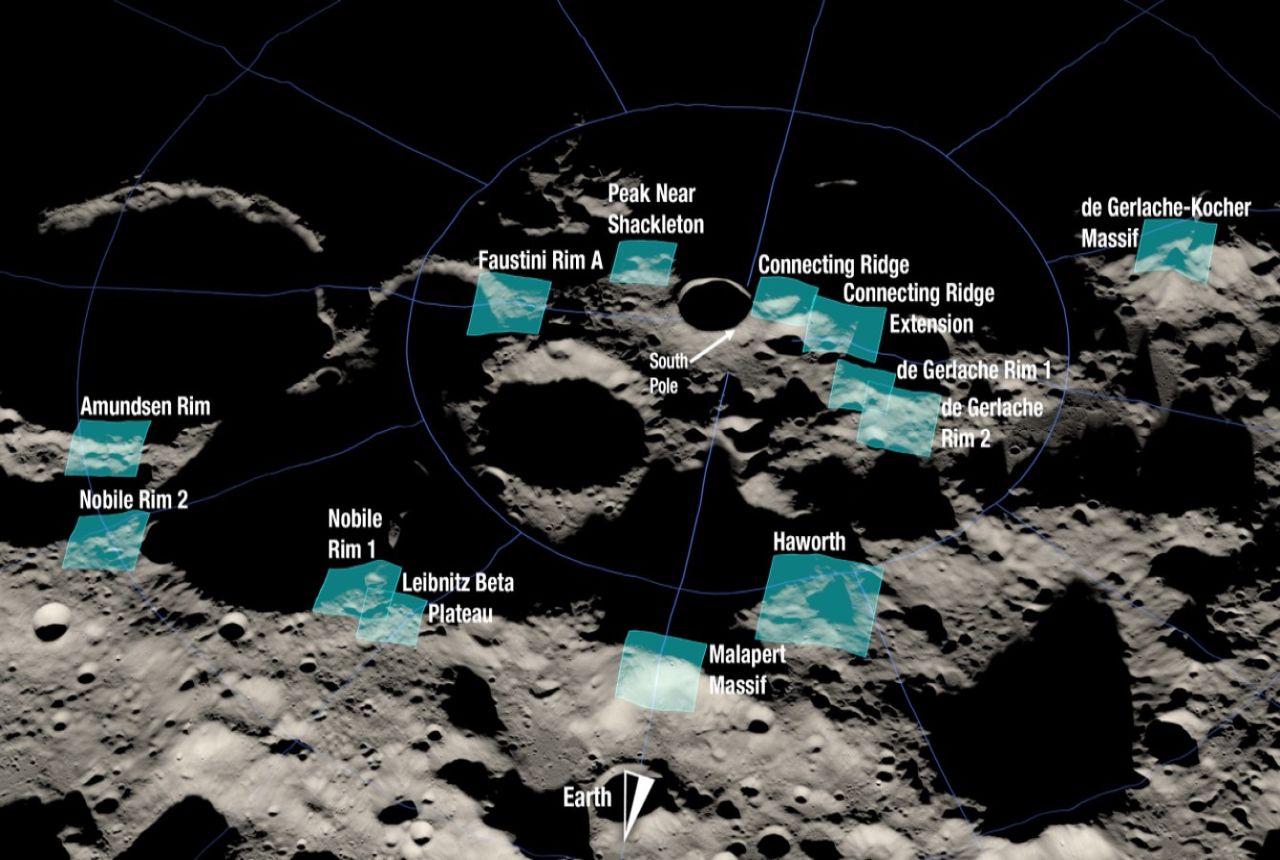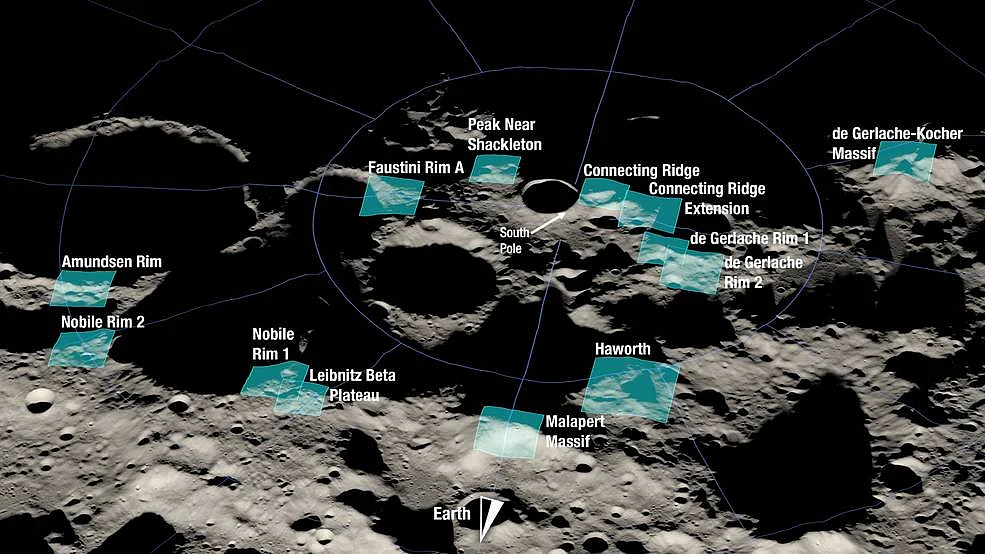

Despite the rocket's 300 t (660,000 lb) launch capacity to low Earth orbit, it was expected to have a low launch price due to its total reusability. The stages' tanks were proposed to be made from carbon composite for storing liquid methane and liquid oxygen. It would have two stages, composing of a booster and a spacecraft. There, Musk announced the Interplanetary Transport System launch vehicle that uses the Raptor engines. On 26 September 2016, a day before the 67th International Astronautical Congress, the Raptor engine fired for the first time.

SpaceX illustration of the 2016 Interplanetary Transport System It had seemed that the Raptor engine had superceded the Merlin 2. The rocket was going to be able to carry 100 people or 100 t (220,000 lb) of cargo to Mars and be powered by the in development methane-oxygen Raptor engines.

Around 2012, the company first mentioned the Mars Colonial Transporter rocket concept in public, designed for Mars colonization. To deliver such payload, the Falcon XX would have been as tall as the Saturn V and used six Merlin 2 engines. The largest of these launch vehicles is the Falcon XX with a 140 t (310,000 lb) capacity to low Earth orbit.

In July 2010, after the final launch of Falcon 1 a year prior, SpaceX presented at a conference Mars space tug and heavy-lift launch vehicle concepts, called Falcon X, Falcon X Heavy, and Falcon XX. The Merlin 2's thrust would have been comparable to the F-1 engines used on the Saturn V. It would use the proposed Merlin 2 kerosene-oxygen rocket engine, which is in direct lineage to the Merlin engines used on the Falcon 9. In November 2005, before SpaceX launched its first rocket ( Falcon 1), CEO Elon Musk first referenced a long-term and high-capacity rocket concept named BFR that would be able to launch 100 t (220,000 lb) to low Earth orbit. įurther information: History of SpaceX, SpaceX reusable launch system development program, and SpaceX Starship development A full-scale orbital test flight is expected to take place in 2022 according to Elon Musk. As of July 2022, the program has achieved important milestones, such as operating the Raptor engine in vehicles (Starhopper) and demonstrating the use of stabilizing flaps (Starship SN8–SN15). Starship's development program adopted an iterative and incremental methodology, meaning frequent prototypes construction, testing, and refinement. Over the next dozen years, the vehicle's design and construction techniques were refined, specifying the methane fuel in 2012 and stainless-steel construction in 2019. SpaceX had envisioned a large-capacity launch vehicle concept since as early as 2005. In the long term, the rocket may aid SpaceX's ambition of colonizing Mars and enable fast travel between Earth's spaceports, as well as serving the commercial launch vehicle market as a cheap, heavy-lift capable launch platform. In the short term, Starship will deploy satellites and space probes, serve commercial astronauts, and explore the Moon via the Artemis program. They will be the starting point for many planned space missions, made possible due to the rocket's reduced launch cost and increased launch frequency. Once in orbit, the spacecraft can be refueled by Starship tankers for transport to higher orbits or other destinations the spacecraft can then either enter the planet's atmosphere and use its engines to land retropropulsively, or be left in outer space.Īs of September 2022, two Starship launch sites ( Starbase in Texas and Kennedy Space Center in Florida) and two offshore platforms are under construction. Starship is designed to deliver 100 t (220,000 lb) to low Earth orbit.
SPACESHIP LANDING PLUS
Both use liquid oxygen plus liquid methane for propellant, and are powered by Raptor engines. The spacecraft has four main variants: cargo, crew, propellant tanker, and lunar lander.īoth Starship rocket stages are designed for rapid reuse after a vertical landing. Starship is a two-stage-to-orbit launch vehicle, consisting of the Super Heavy booster stage and the Starship second stage or spacecraft. It is the tallest and most powerful launch vehicle ever built. Starship is a fully- reusable, super-heavy-lift launch vehicle being developed by SpaceX, an American aerospace manufacturer.


 0 kommentar(er)
0 kommentar(er)
